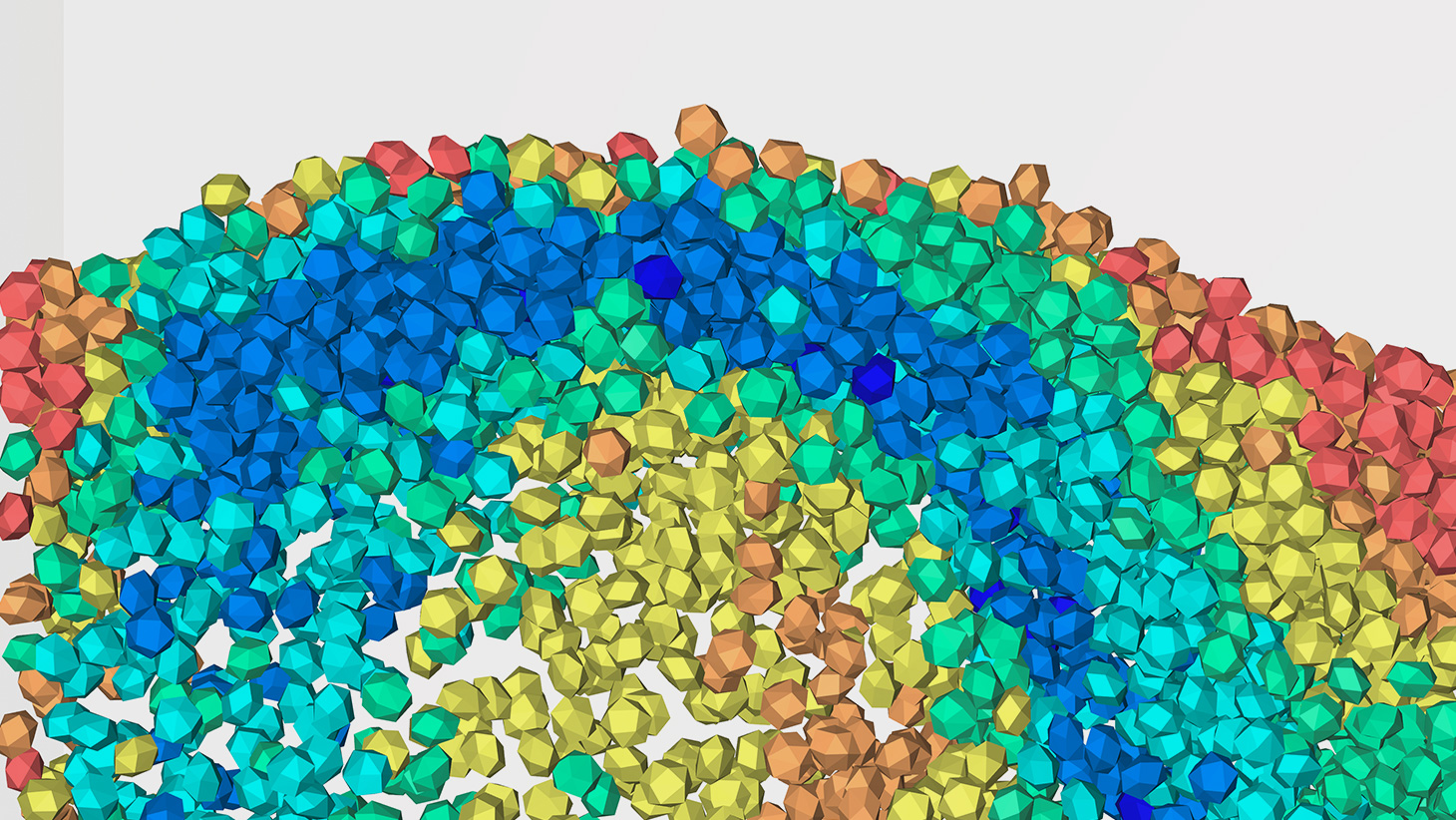
At lab-scale, the ultimate goal of a catalytic reactor is to provide (1) reliable kinetic information, neglecting or controlling other phenomena (heat-mass transfer and hydrodynamics); (2) high-throughput data to amplify the results, accelerate model and catalyst discoveries; and (3) results with the minimum requirements of reactants and wastes generated. The pillars of these reactors are quality, quantity, and safety.
We design, build and test different laboratory-scale reactors. Our strategy involves creating and testing reactor prototypes while modeling these using our workflow. We have high-speed cameras, probes, and other measuring instruments to understand the reactor behavior. We focus on packed-, fluidized-bed, and multiphase reactors:
In packed bed reactors, we focus on forced dynamic and operando reactors. These are the quintessence of information-driven reactors where the dynamics can involve flow changes, temperature, pressure, partial pressure, presence of activity modifiers (poissons, H2O…). In operando reactors, we follow a spectro-kinetic-deactivation-hydrodynamic approach to resolve the individual steps involved. In fluidized bed reactors, we focus on downers and multifunctional reactors (circulating, multizone or two-zone, Berty reactors) We focus on trickle-bed, slurry, and bio-electrochemical reactors in multiphase bed reactors.
Al pilot-plant scale, we aim to reach the maximum productivity levels while solving the growing pains: the scale-up. Based on a robust kinetic model obtained in the intrinsic kinetic reactor (lab-scale) and using computational fluid dynamics, we design, build, and operate pilot plants. At this stage, we seek partnerships with investment or industrial enterprises to make these pilot plants.
Undoubtedly, hydrogen (H2) is a clean feedstock and energy carrier whose sustainable production should be anticipated. The pyrolysis of biomass or waste plastics and the subsequent reforming over base (transition) or noble metals supported catalysts allows reaching elevated H2 yields. However, the catalyst used in the reforming step undergoes a rapid and severe deactivation by means of a series of physicochemical phenomena, including metal sintering, metallic phase oxidation, thermal degradation of the support and, more notoriously, coke deposition. This review deals with the currently existing alternatives at the catalyst and reactor level to cope with catalyst deactivation and increase process stability, and then delves with the fundamental phenomena occurring during this catalyst deactivation. An emphasis is placed on coke deposition and its influence on deactivation, which depends on its location, chemical nature, morphology, precursors or formation mechanism, among others. We also discuss the challenges for increasing the value of the carbon materials formed and therefore, enhance process viability.